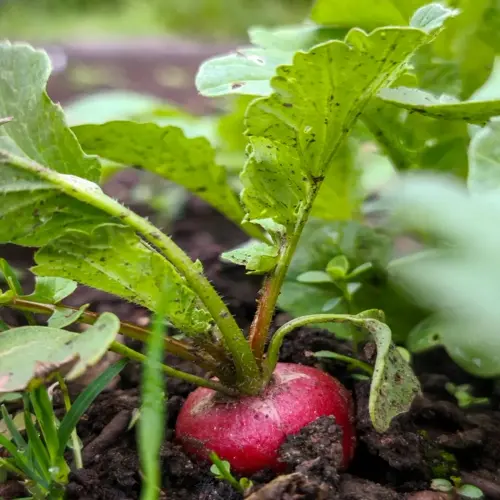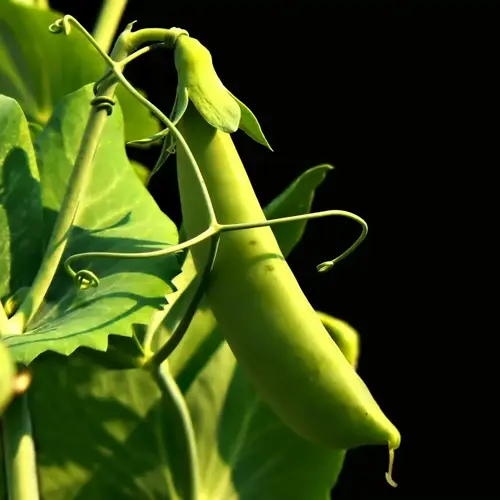What happens if you cut into lavender's woody stems?

Written by
Liu Xiaohui
Reviewed by
Prof. Samuel Fitzgerald, Ph.D.Cutting into woody sticks requires careful technique to ensure the health of the lavender. I prune above dormant buds to revitalized plants, while deep cuts into bare wood are guaranteed to kill stems. English lavenders perform better with an aggressive cut-back, while the French varieties require a light trim. Strategic cuts will promote regrowth from latent buds without harming the plants.
English Lavender
- Tolerates hard pruning down to 2 inches above ground
- Cut 1/3 of growth in early spring
- Make angled cuts just above visible buds
- Recovers quickly with new shoots in 3-4 weeks
French Lavender
- Requires light shaping after flowering
- Never cut below lowest green growth
- Remove only 1/4 of stem length
- Hard pruning causes dieback and plant death
Indicators of Recovery indicate successful pruning. I look for new shoots that are silvery green, pushing out from the cuts. Healthy treated plants will begin spring growth within three weeks. Brown and wood is a sign of dieback. I will cut the dieback back to healthy wood. For larger cuts, I will apply horticultural wax. Lightly water the plant to lessen stress.
Avoid woody growth with yearly care. I prune my lavender every spring, just before buds begin to push open. That keeps the stems flexible and encourages new growth. Prevent plants from becoming overgrown. Once established, wood does not generate growth. Replace plants over 10 years, as there is little regeneration capacity.
I always use sharp bypass secateurs for clean cuts. I sanitize my blades between plants, as crushed stems can spread disease. Angled cuts shed water efficiently. For the first week after pruning, I check on the plants weekly. I know I have a healthy lavender if the cut sites are not turning black. I will adapt my techniques after observing how the plants fared.
Read the full article: When to Prune Lavender for Best Results

